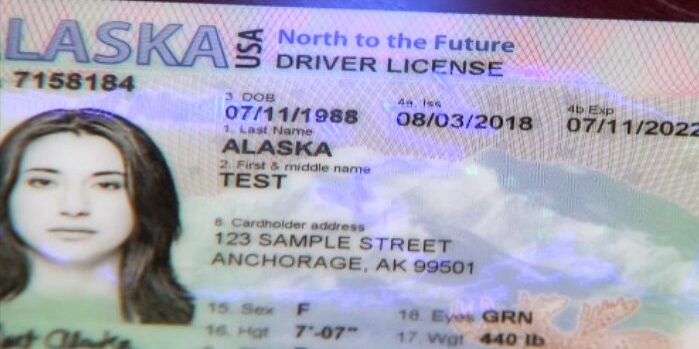Later this year, Alaskans will not be able to board commercial flights or enter federal buildings using the current state identification, but will need a federally compliant REAL ID, tribal ID with a photograph, or a passport.
For village residents, flying to the nearest Department of Motor Vehicles office for a face-to-face appointment can cost hundreds of dollars per family member.
That is not the only barrier. For example, the mayor of Noorvik was recently turned away by the DMV due to insufficient documentation, like a street address.
One of the more difficult requirements is proof of physical address: street addresses are mostly non-existent in small Alaska communities and villagers rely on PO boxes.
A REAL ID requires up to six different supporting documents, and it can take a while to gather them.
Senator Donny Olson, who represents the Norton Sound region in the state legislature, says his constituents are worried.
“Let’s say that somebody out of Shishmaref or Savoonga goes ahead and gets Medevac-ed straight to Anchorage. If they get down there and don’t have a REAL ID, they will be prohibited from getting on the jet to go back to Nome and go back to their respective villages,” he told KNOM.
Olson recently wrote the governor, requesting he ask the President for a deadline extension and additional funding to help rural communities comply with the mandate.
Image at top: An example of what Alaska’s new REAL ID looks like.






